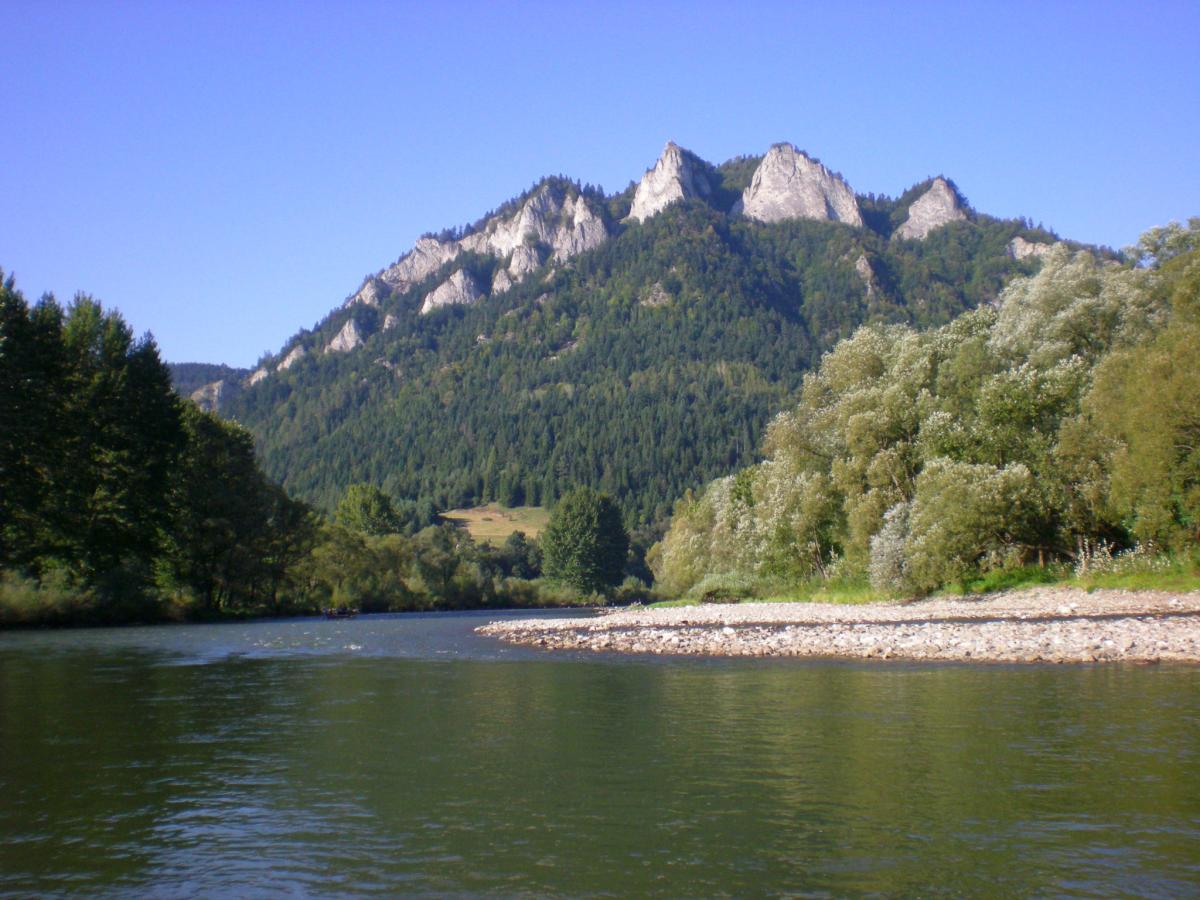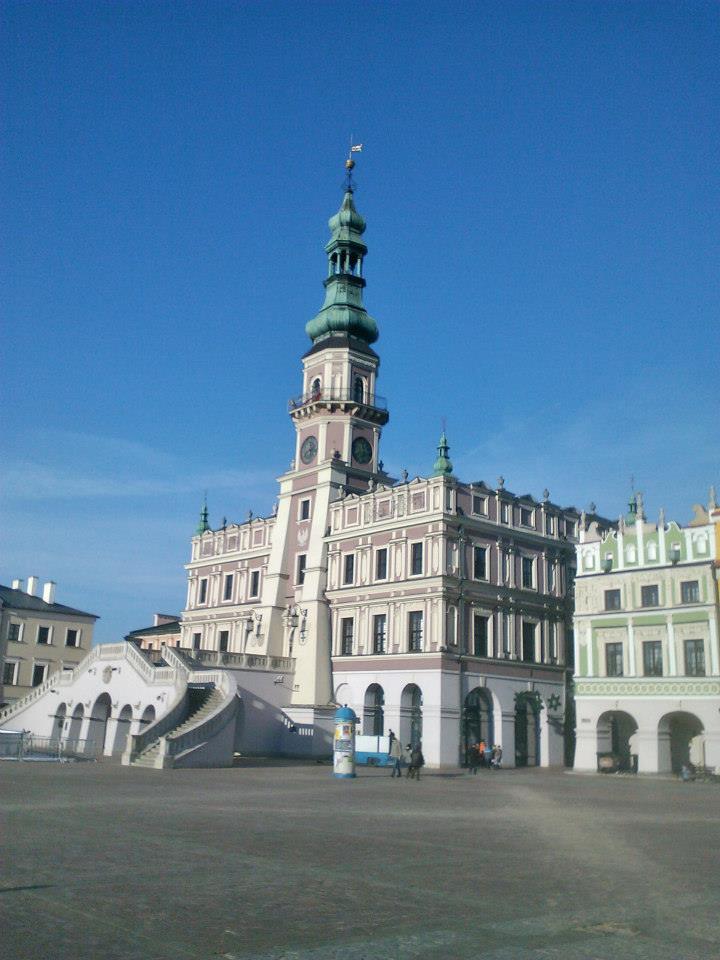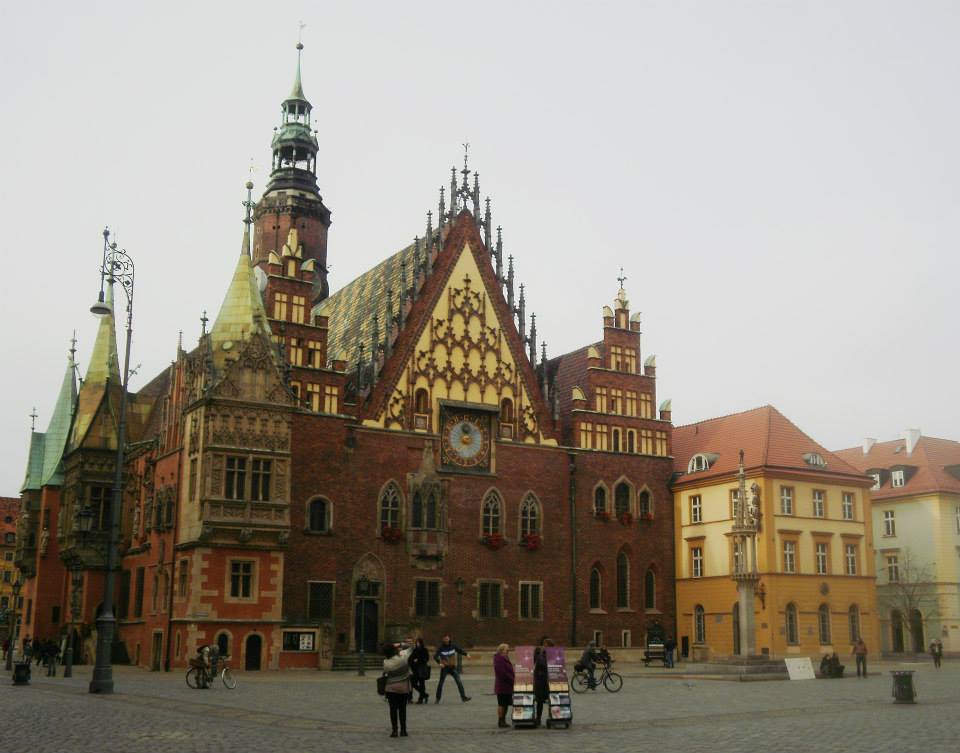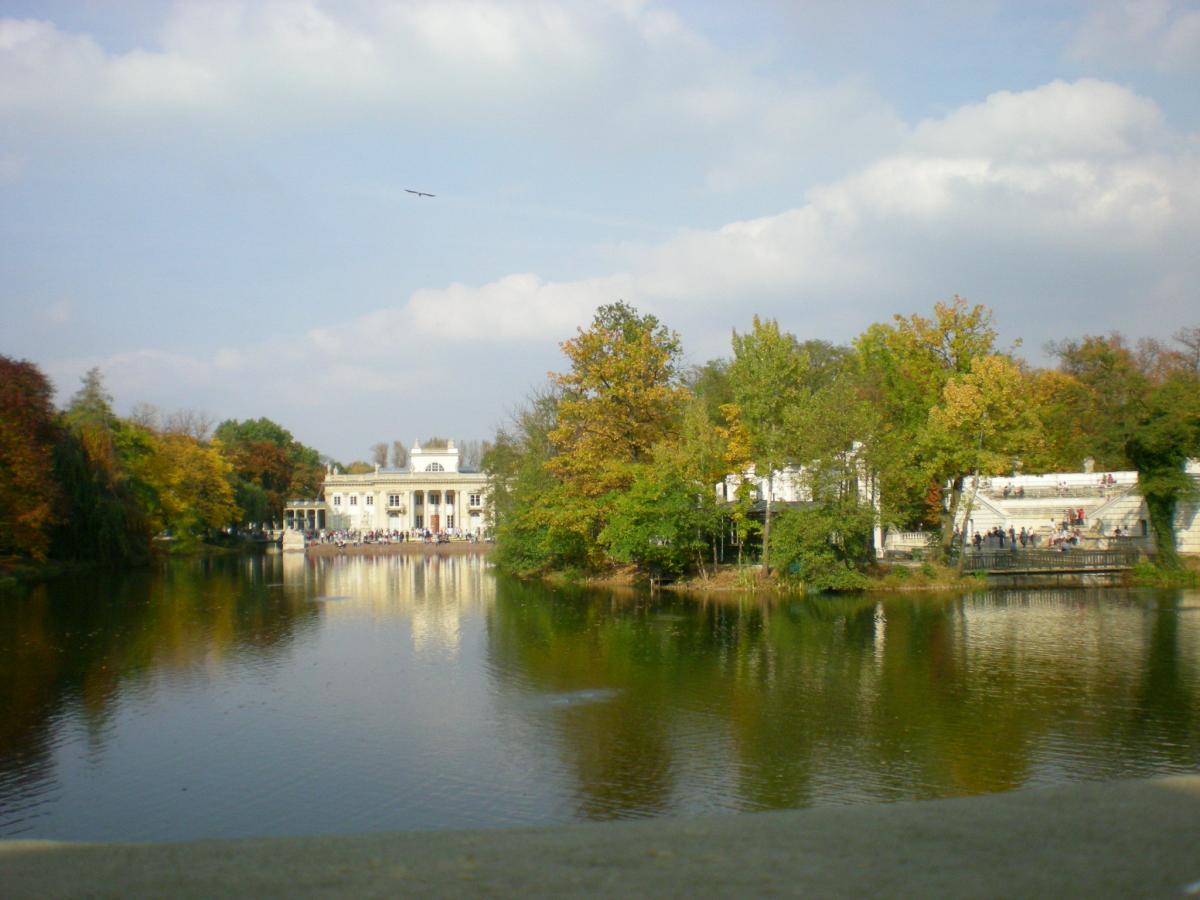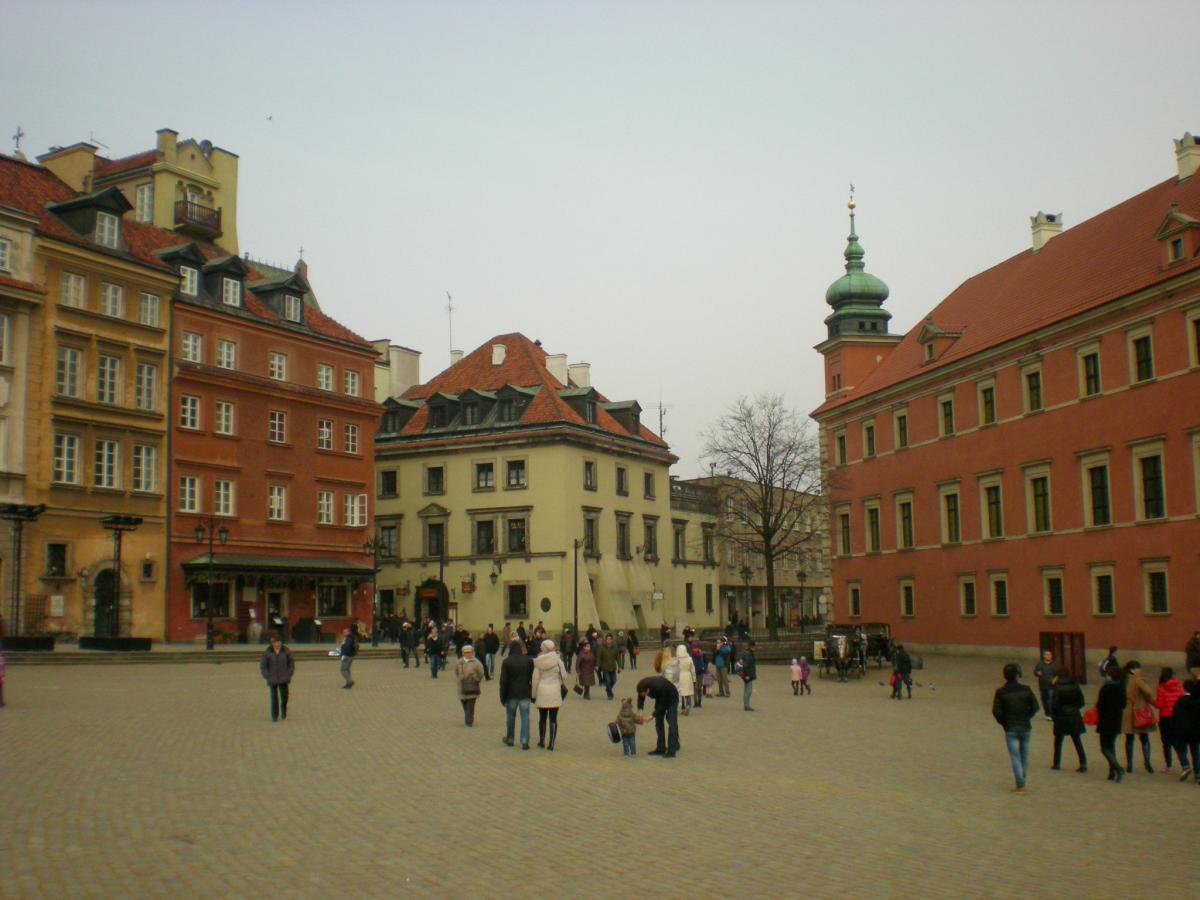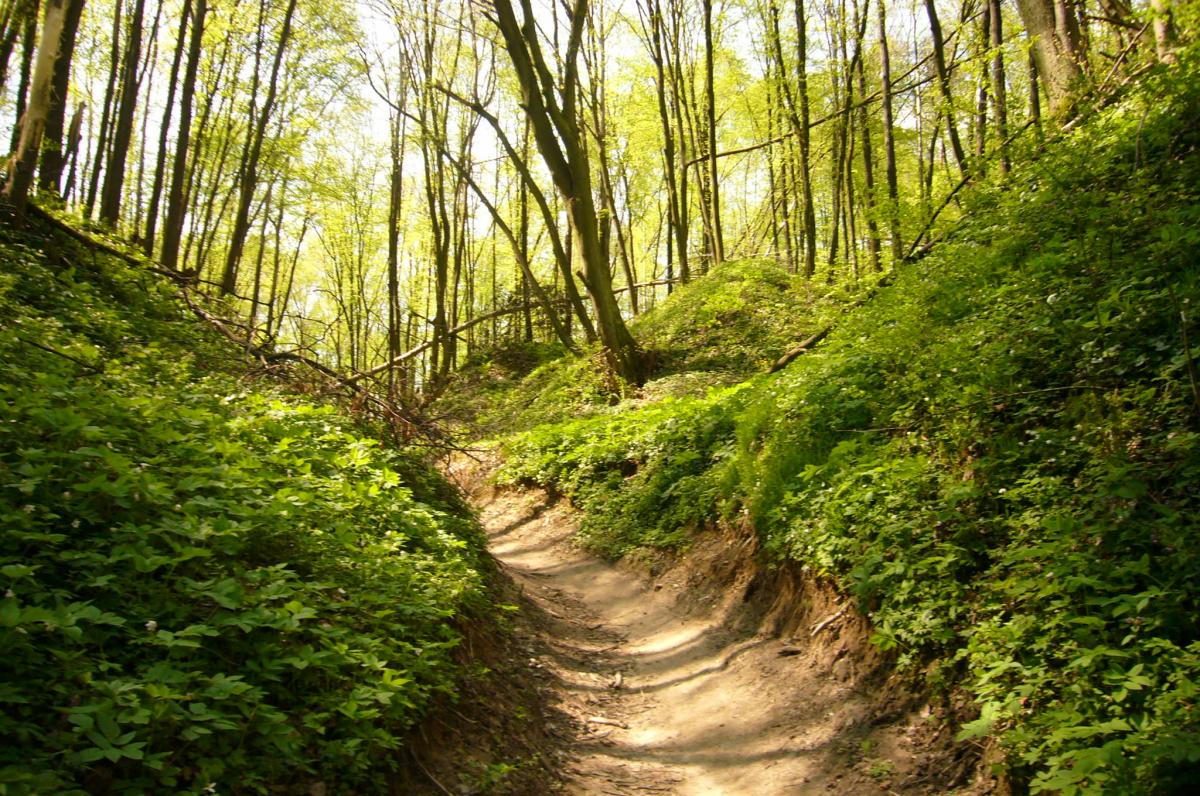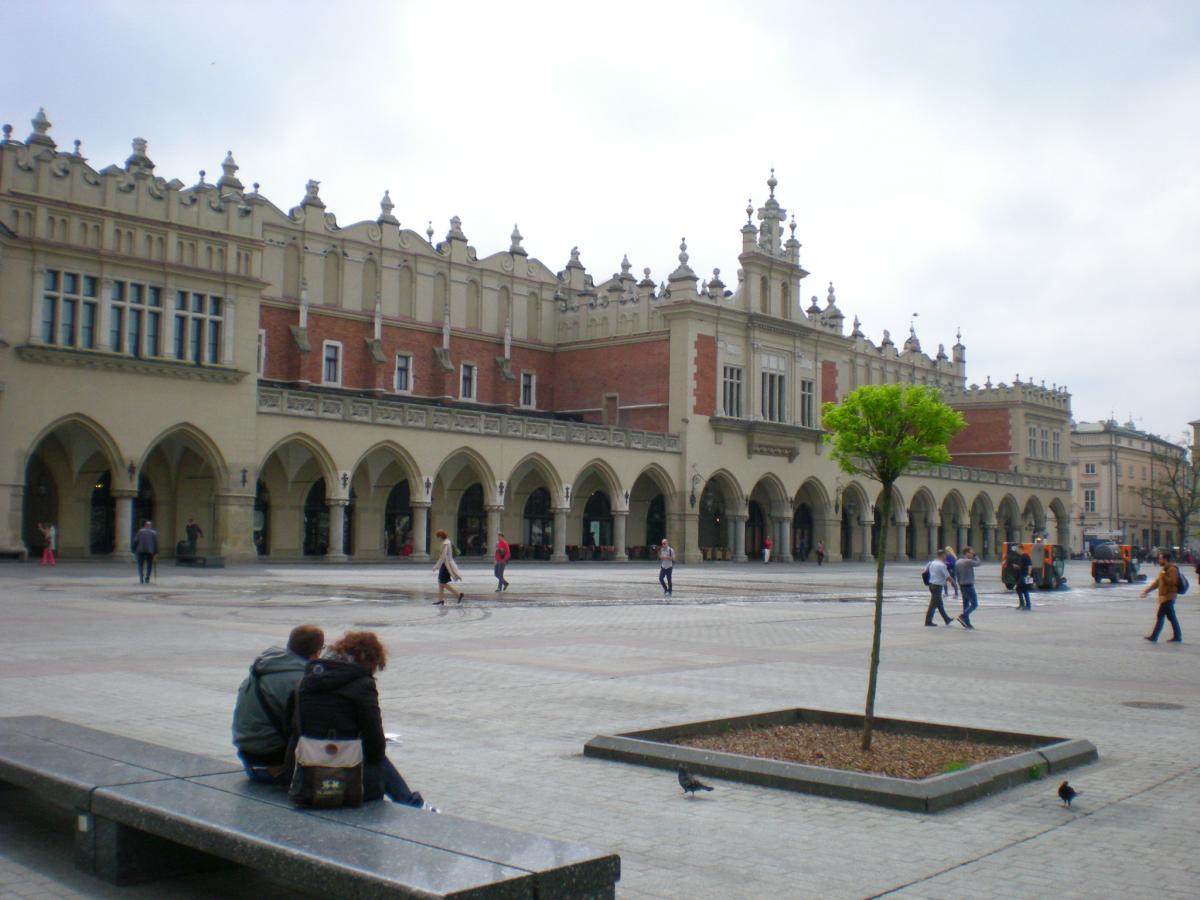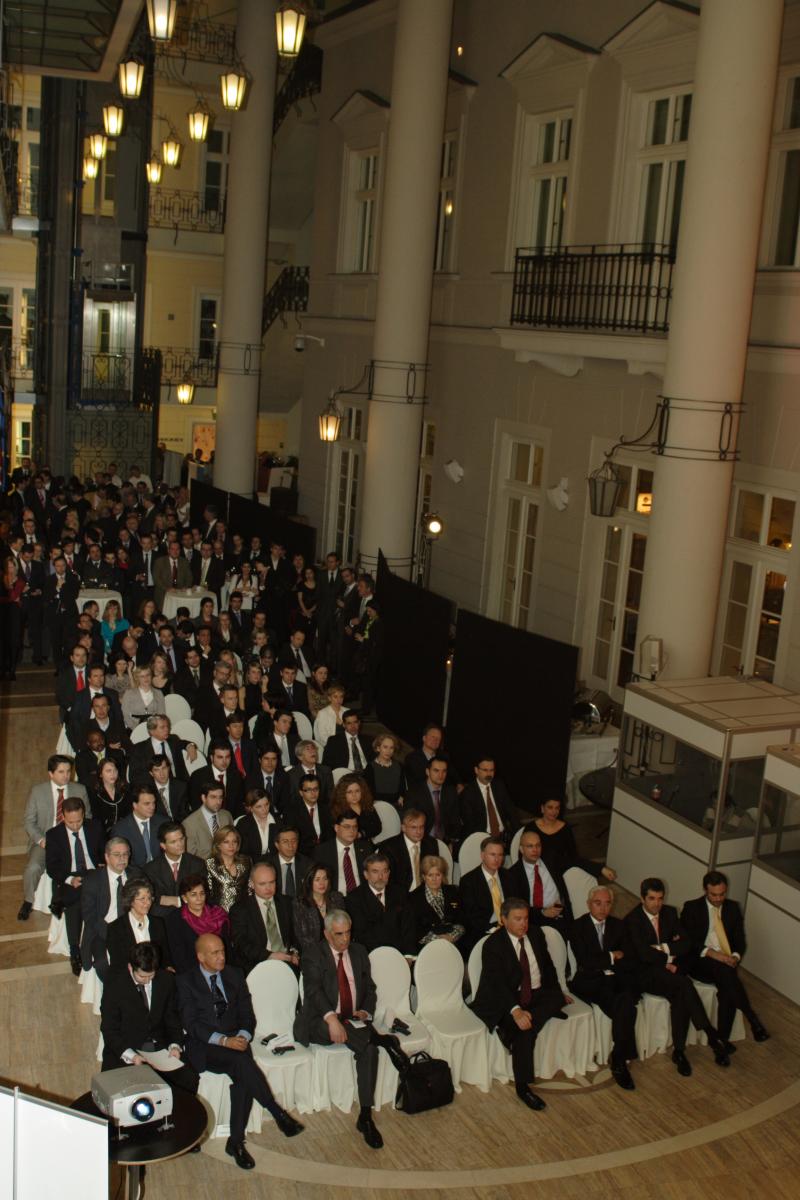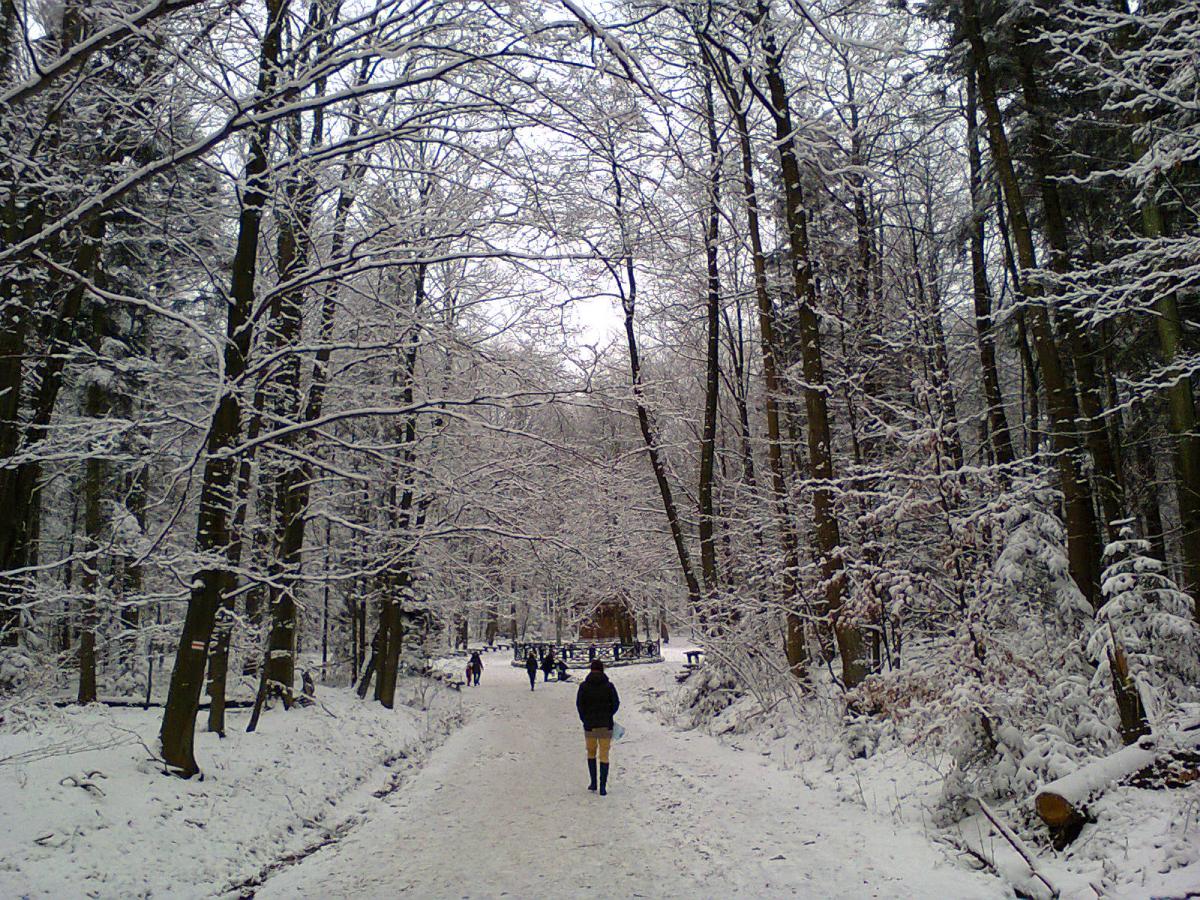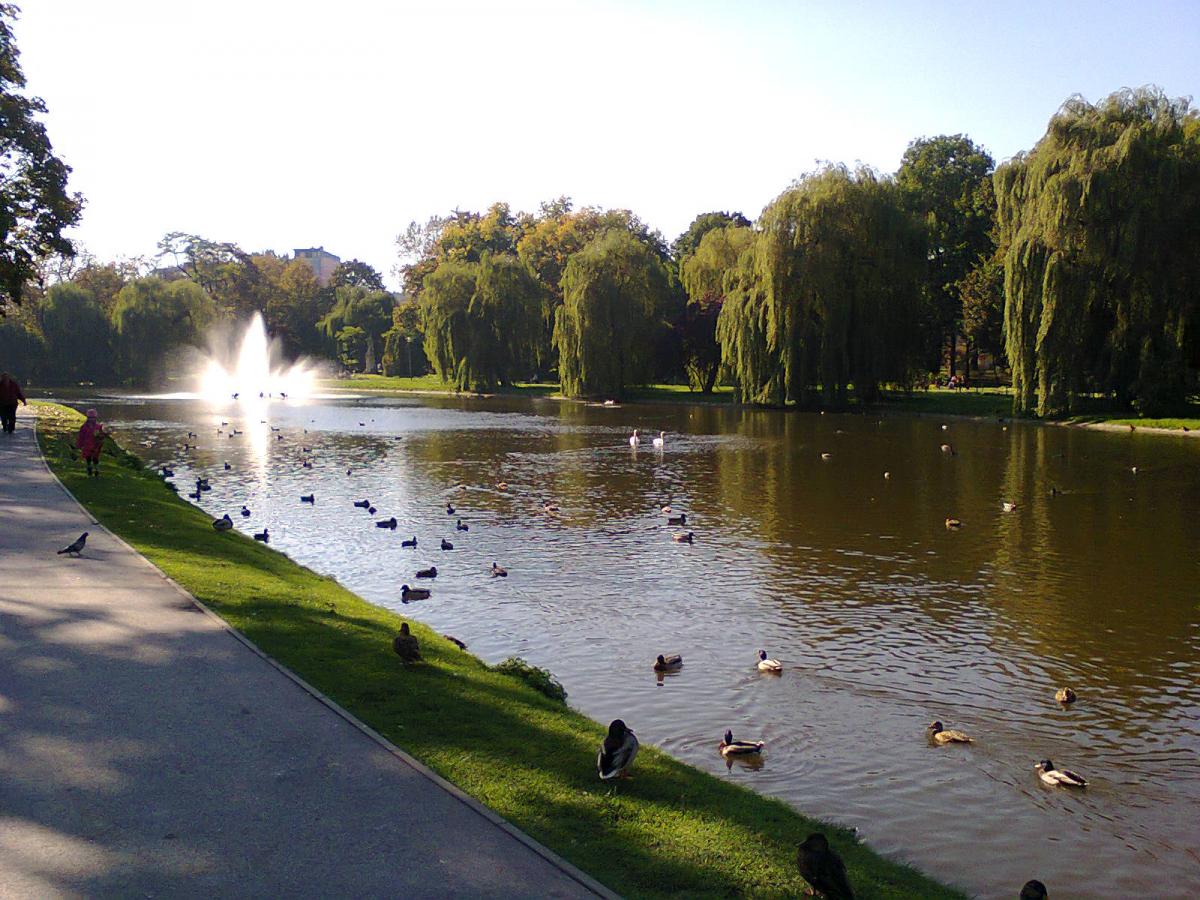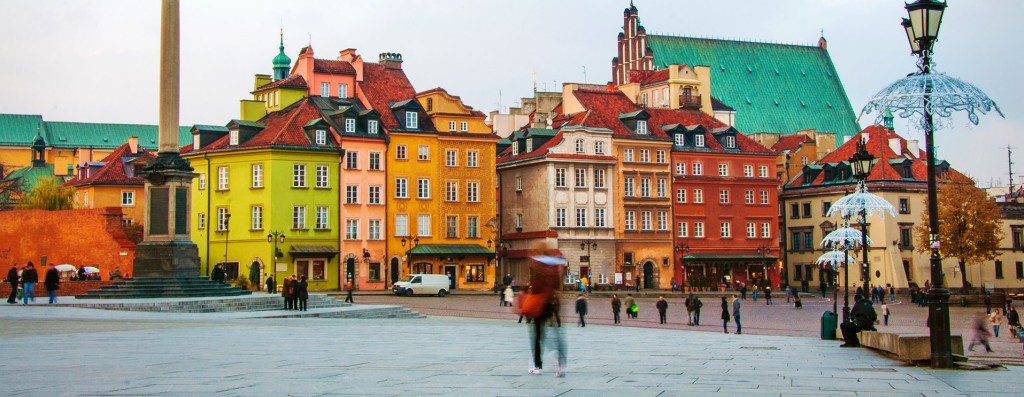
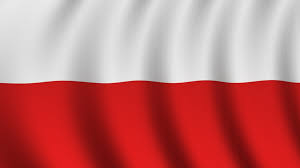

| Official name | Poland, Republic of Poland, RP |
| Area | Total: 312 679 km² |
| Population | 38,496 million |
| Official language | Polish |
| Capital | Warsaw |
| Administrative division | Poland is divided into 16 voivodships, 380 powiats, and 2478 gminas.Voivodships: |
| Location | Poland is situated in Central Europe, between the Baltic Sea in the north and the Carpathians and between the Oder river in the south and the Bug river in the east. |
| Climate | The moderate climate, ranging from maritime and continental climate. |
| Time zone | Central European Time |
| Neighbours | Poland is bordered to the west by Germany, to the south by the Czech Republic and Slovakia, to the south-east by Ukraine, to the north by Russia, and to the north-east by Lithuania. |
| Mountains | *Rysy in the High Tatras: 2499 m (n.p.m.) |
| Main/ major rivers | *Vistula (1047km) |
| Largest lakes | *Lake Śniardwy (113,8 km²) |
| Mineral resources/wealth | Hard coal, lignite, sulphur, rock salt, copper ore, silver, zinc and lead, limestone, sandstones, marls, glazier, ceramic clay, natural gas, shale gas, crude oil/petroleum |
| Major cities | *Warsaw (1 715 517) |
| Demography | Population: 38 483 957 |
| Main religion | Roman Catholic |
| GDP | Total: $517,54 billion |
| Currency | Złoty (PLN) |
| Emergency telephone numbers | Ambulance: 999 |
| Constitution | Constitution of the Republic of Poland |
| The political system | Parliamentary Republic with a parliamentary–cabinet system, based on a three way division on of power. |
| President | Andrzej Duda |
| Prime Minister | Donald Tusk |
| The Legislature | Bicameral Parliament (Sejm – 460 Members of Parliament and Senate – 100 Senators) |
| The Executive | President RP and The Council of Ministers |
| The judicial branch | The Supreme Court of the Republic of Poland , the Supreme Administrative Court of the Republic of Poland, the Constitutional Tribunal of the Republic of Poland, the State Tribunal of the Republic of Poland |
| Foreign Policy | Membership in International Organisations |
Road transport:
Expressways: 1335, 55 km
Motorways: 1494,45 km
Distances between cities:
*Warsaw – Poznań: 310 km
*Warsaw – Krakow: 300 km
*Warsaw – Wrocław: 344 km
*Warsaw – Gdańsk: 284 km
Rail transport: PKP
Poland has the densest rail network in Europe (19 000 km) and it is also passing by significant international transit rail lines, covered by international agreements AGC and AGTC. Still, it is one of the most popular/common/core mode of transport in Poland.
For more information about Poland railway connections, please click here.
Air transport:
There are 13 airports in the main polish cities:
*Warszawa: Okęcie
*Warszawa: Modlin
*Kraków: Balice
*Lublin: Świdnik
*Rzeszów: Jasionka
*Wrocław: Starachowice
*Łódź: Lublinek
*Zielona Góra: Babimost
*Szczecin: Goleniów
*Gdańsk: Rębiechowo
*Bydgoszcz: Szwederowo
*Katowice: Pyrzowice
*Poznań: Ławica
Poland since 1980 have been changing in terms of economy, due to transformations in the economy and in politics. The industries were privatized, the market-based competition was introduced, and Poland entered in European Union in 2004, with the United Kingdom still in the European Union. These facts permitted an increased in the GDP, that have increased in double, and in the living principles of the Polish citizens (Bogdan, Boniecki, Labaye, Marciniak and Nowacki, 2015). Poland growth in “dynamic exports, strong internal demand, productivity improvements, foreign direct investment (FDI), and the inflow of the EU funds” (Bogdan, Boniecki, Labaye, Marciniak and Nowacki, 2015: 1), permitted the country to become the eight-largest economy in the European Union in GDP and to be the only country that was able to circumvent the economic recession during the financial crisis (Bogdan, Boniecki, Labaye, Marciniak and Nowacki, 2015).
In 2019 the economic growth was superior to 4%, due a good domestic demand performance in terms of labor market and private consumption (Anon., 2020).
2020 was a difficult year due to the pandemic of Covid-19 and because of that the Polish economy is recording “it’s first recession in three decades with and expected contradiction of 3.9 percent this year” (Bank, 2020).
This expectation is being confirmed so far as the GDP results came out negative on January 29th. Poland faced a 2,8% decrease on GDP. This result was excepted as the economic forecast was also 2,8% (Investing.com, 2021). The deputy PM reacted to this numbers as a “positive result” compared to all the other majors European Economies (JD/EJ/MD, 2021).
However, it is expected to have a recovery in 2021, with expectations of growth of 3.5 percent in 2021, by the World Bank (2020), and with 4.3 percent, by the FocusEconomics (2020), with an expansion of private consumption and fixed investment, through fiscal relief measures (FocusEconomics, 2020). In terms of unemployment the rate went to 7%, however it’s expected that the employment will recover strongly (Anon., 2020). In relation with inflation to increase to 2.8% in 2021, due to the expectation of economy recovery (Anon., 2020). Also, it is expected that in 2021, the GDP improve to 3%, due to the “economic recovery and the expiration of the sizeable expehditure to support the economy” (Anon., 2020: 131). In terms of minimum wage salary in 2020 was 2600PLN, 605EUR, and is expected to increase to 3000PLN, 698EUR in 2021 and to 4000PLN, 930EUR, in 2024 (Duda, 2020).
Doing business in Poland
As mention before, Poland is the eight-largest economy in the European Union in GDP Bogdan, Boniecki, Labaye, Marciniak and Nowacki, 2015), that just for that fact it is a good place to have a business there, but there are other important facts that can lead investors, to invest in Poland.
First, is the fact that Poland has the fourth-largest arable land in the European Union, which means that foreign investors can invest in the cultivation of these areas, to develop food “eco-friendly and organic food for Western Europe” (Bogdan, Boniecki, Labaye, Marciniak and Nowacki, 2015: 18) and also this can be attractive because Poland is the “most attractive food supplier for Europe” (Bogdan, Boniecki, Labaye, Marciniak and Nowacki, 2015: 7).
Second, Poland has high educated workers, with Polish institutions graduating, per year, 450,000 students, and with “ee percent of Poland’s population aged 24 or above has a university education” (Bogdan, Boniecki, Labaye, Marciniak and Nowacki, 2015: 17), which means that foreign investors can find in Poland, workers with great capacities and with high studies “there are plenty of highly qualified, hard working people in many walks of life in Poland – top class IT specialists, managers, technicians to simple workers” (Wozniak, 2020),
Third, in Poland the human resources are hire at a lower cost than the rest of the Western European countries, which means that besides the high quality of workers that the foreign investors can find, they can also hire them with a lower cost (Bogdan, Boniecki, Labaye, Marciniak and Nowacki, 2015).
Fourth, the higher education, also means that the workers have a strong foreign-language proficiencies being a “multilingual workforce” (Anon., 2021), especially in English and German but also in other Western European languages, which means that they can contact the foreign investors and also with the contacts that need to be done for the company (Bogdan, Boniecki, Labaye, Marciniak and Nowacki, 2015).
Fifth, Poland is positioned in a strategic part of the Western Europe, “in the heart of Europe which makes it the perfect investment location for companies needing to export products both in eastern and western directions” (Wozniak, 2020), due to the borders with Russia, Germany and also with Baltic Sea, attracting consumer markets from different parts of the world, from the European Union, Russia, Turkey, Ukraine and Middle East (Bogdan, Boniecki, Labaye, Marciniak and Nowacki, 2015), that means that the foreign investors besides having the Poland market and the European market, also can get to other countries around the Poland area.
Sixth, besides the geographical strategical area in terms of market, Poland also is in the “EU time zone and familiar legal code, at convenient locations with easy access” (Bogdan, Boniecki, Labaye, Marciniak and Nowacki, 2015: 37), that are important to other foreign investors and to the external customers.
Besides these six important facts that can lead foreign investors to invest in Poland is also important to take into account which sectors are the biggest ones in the Polish economy, that can be profitable for the investors. The biggest one is the non-grocery retail; the second is restaurants and fast food; the third one is travel and hotels; the fourth is entertainment and leisure; the fifth is logistics; the sixth telecoms; the seventh is the grocery retail; the eight is financial services; and the ninth is utilities (KPMG, 2019).
It is also important to have in account that the Polish customers really appreciate the digital means of the brands, in terms of sales, marketing and only customers services (KPMG, 2019), and appreciate the trust in brands, in terms of their privacy, because they “fear data leakage or personal data abuse and are not too fond of aggressive marketing techniques or profiling” (KPMG, 2019: 15), so it is also important to create trust between the brands with the customers.
| Accommodation | Hotel buildings: 3 485 |
| Tourist attractions | Cities: Gdansk, Krakow, Malbork, Warsaw and Wroclaw |
| The most visited voivodeship | Lesser Poland (17,5%), Lower Silesian (15%), Pomerania (12%), West Pomeranian (11%) and Masovian (9%) |
| Tourist trails | pedestrian, mountain, cycle and canoeing |
| Months of summer holidays | June, July, August |
| Months of winter holidays | December, January, February |
